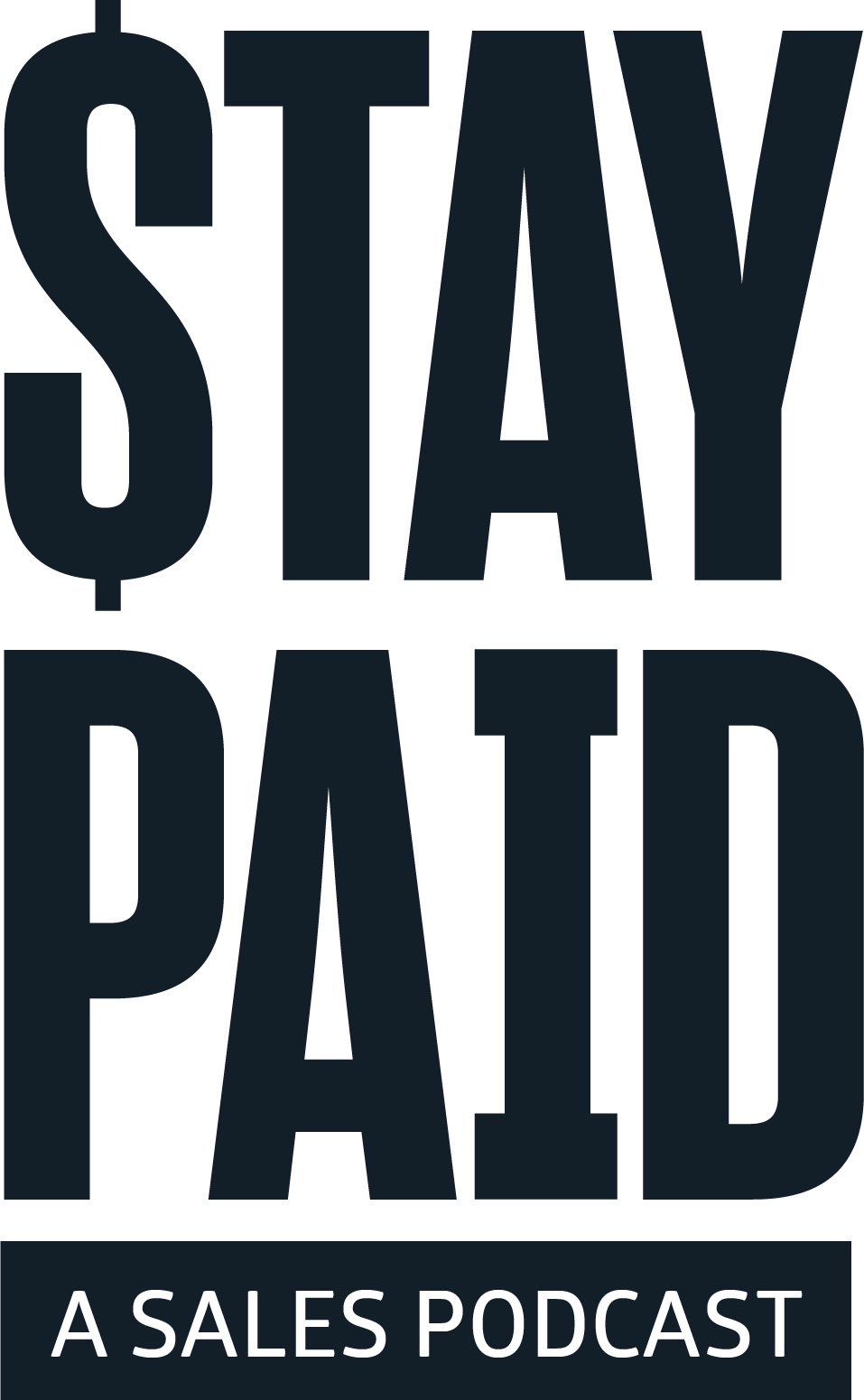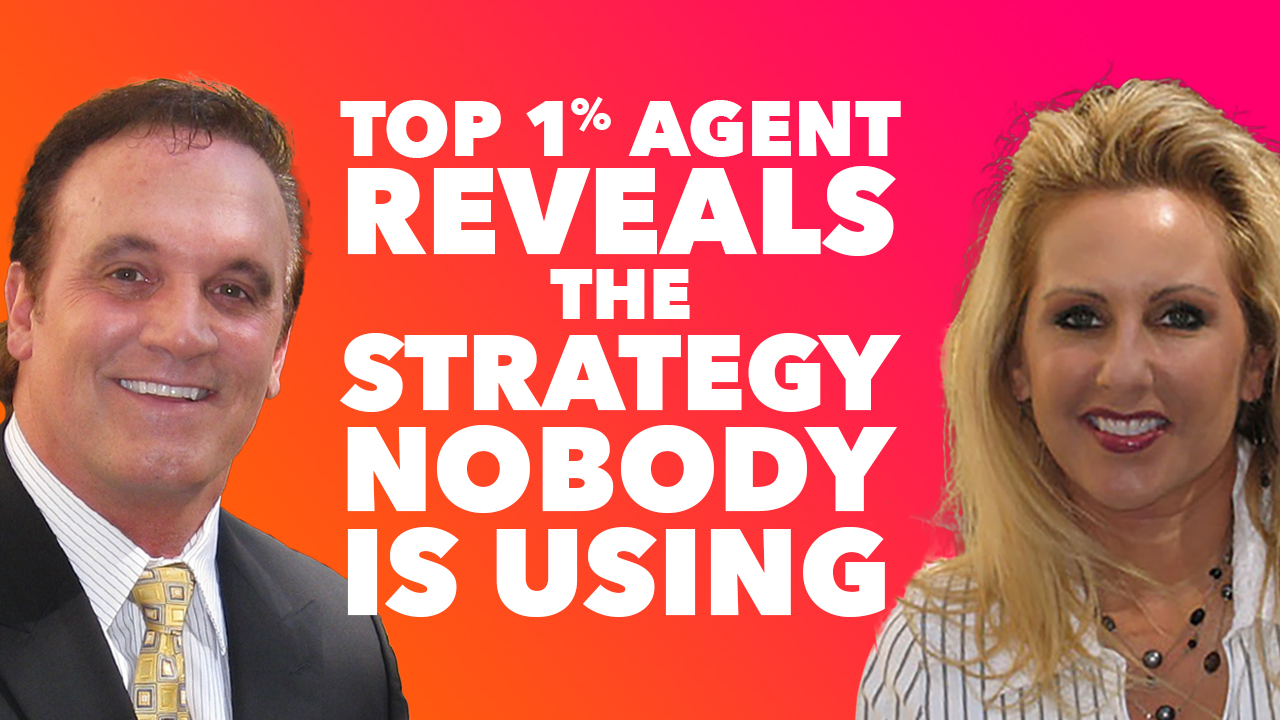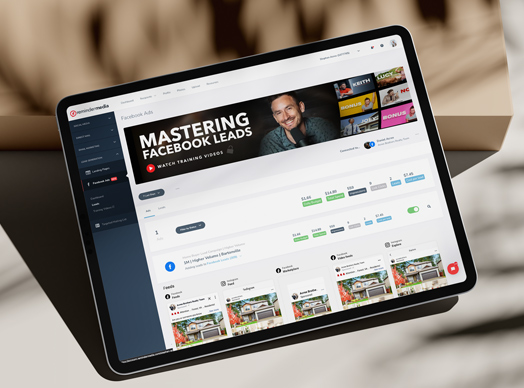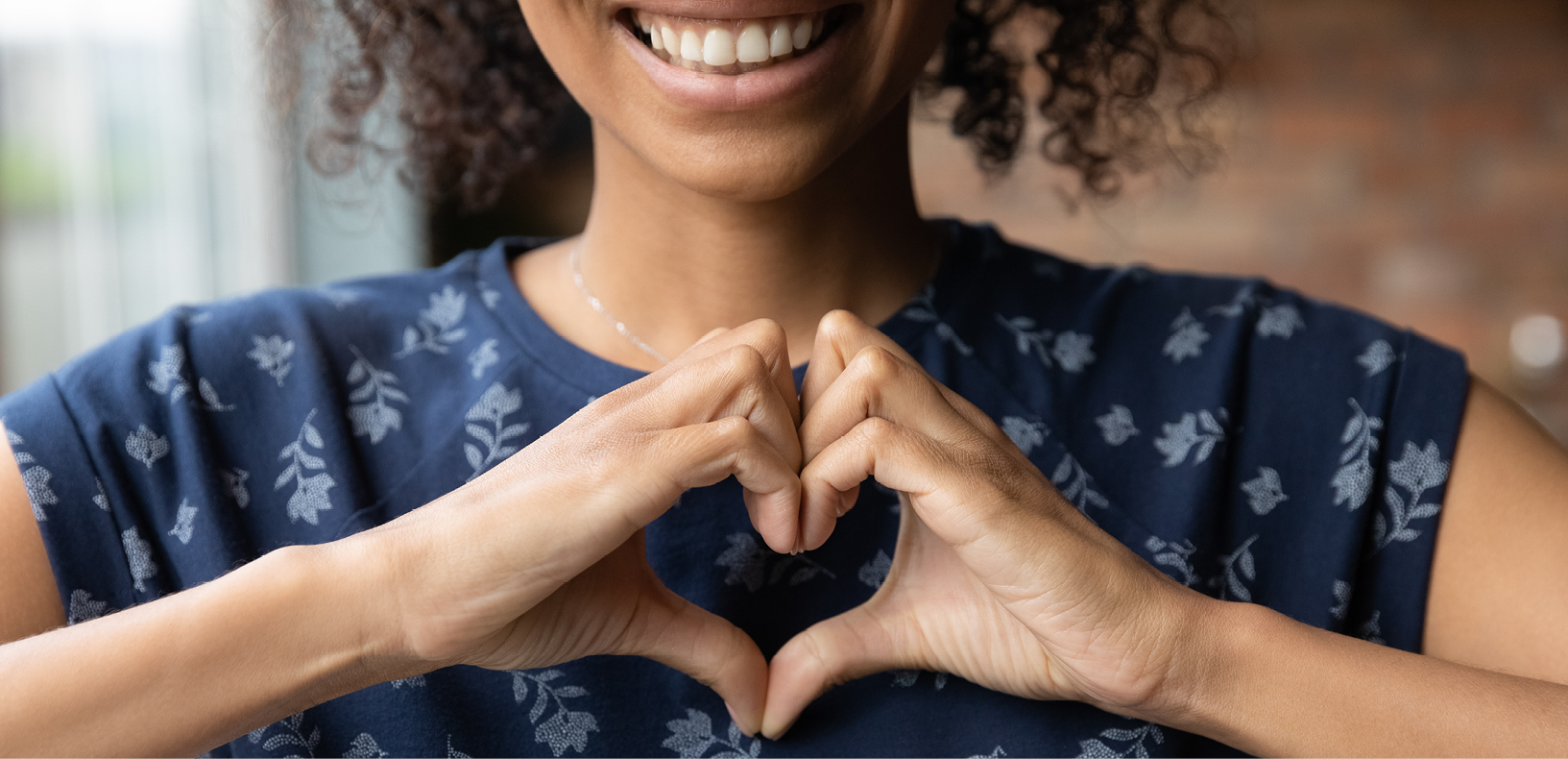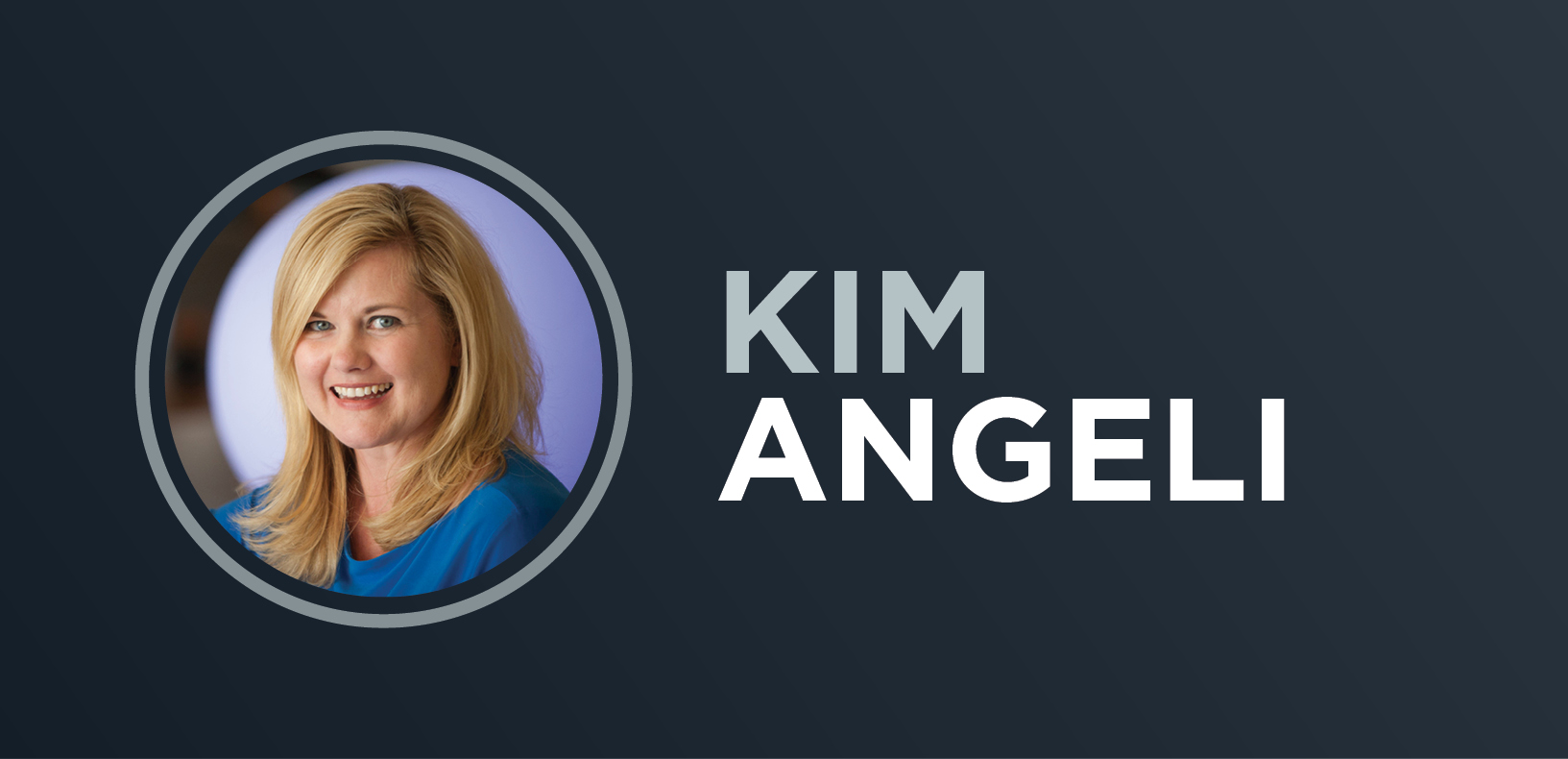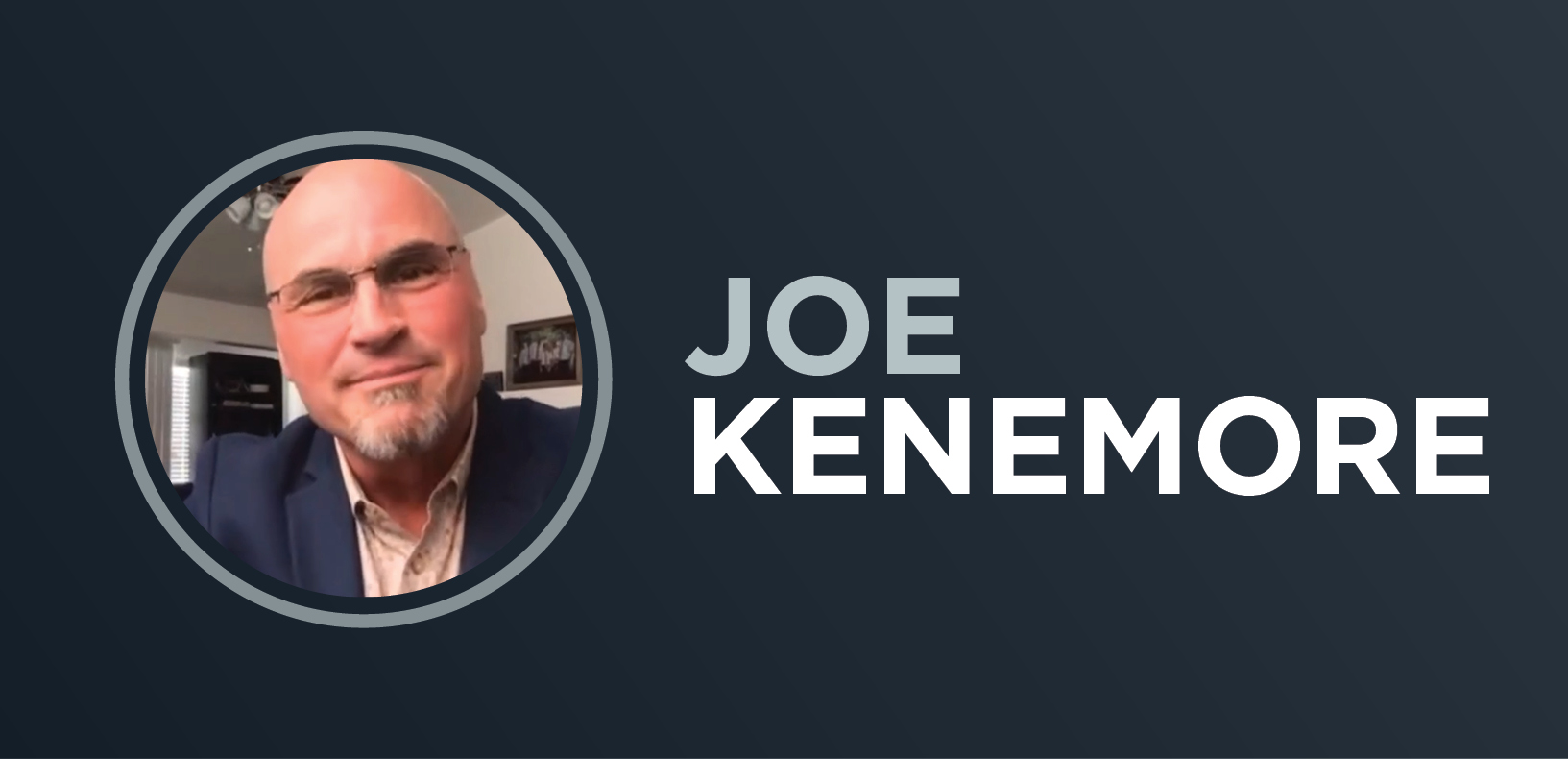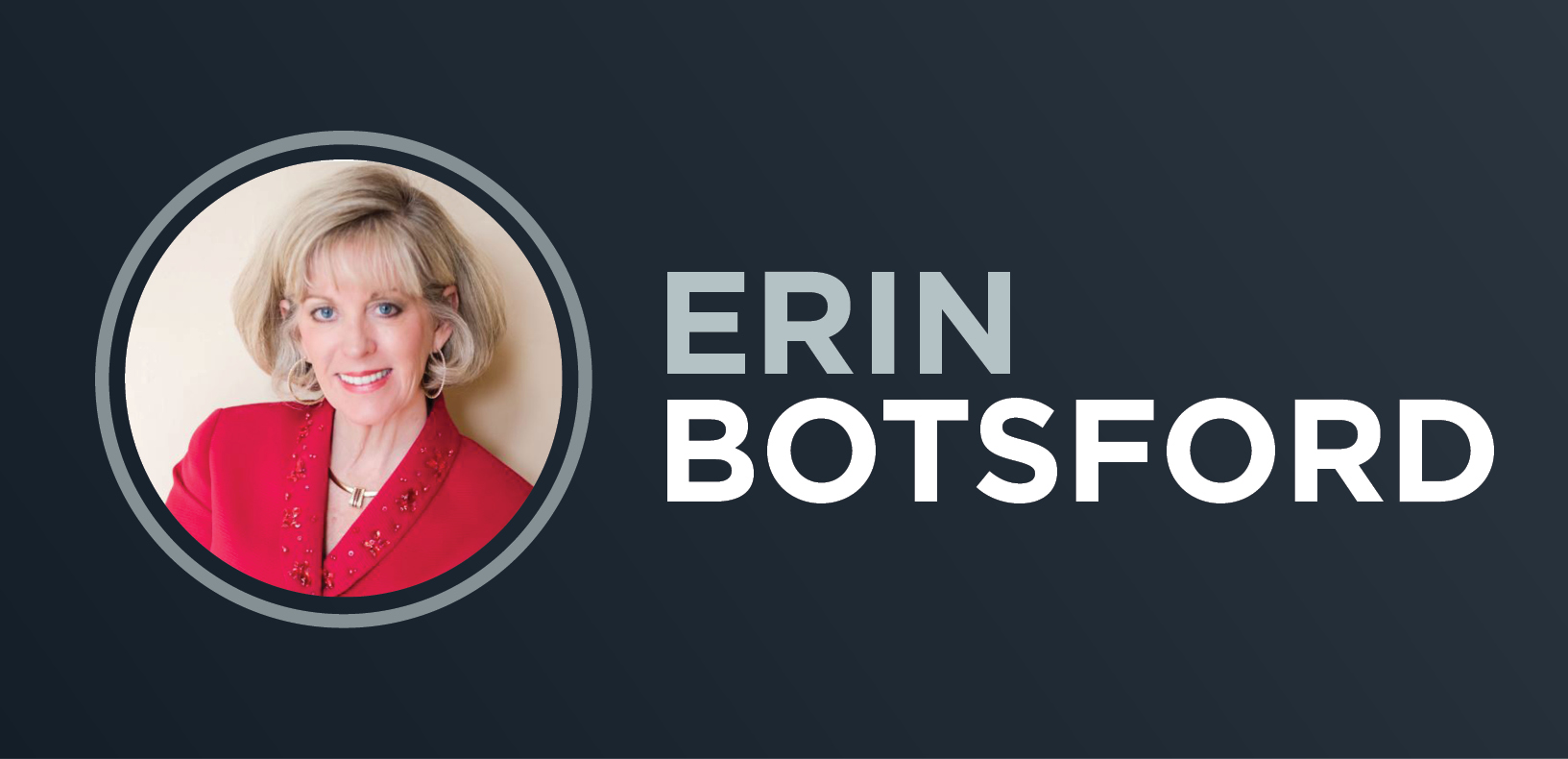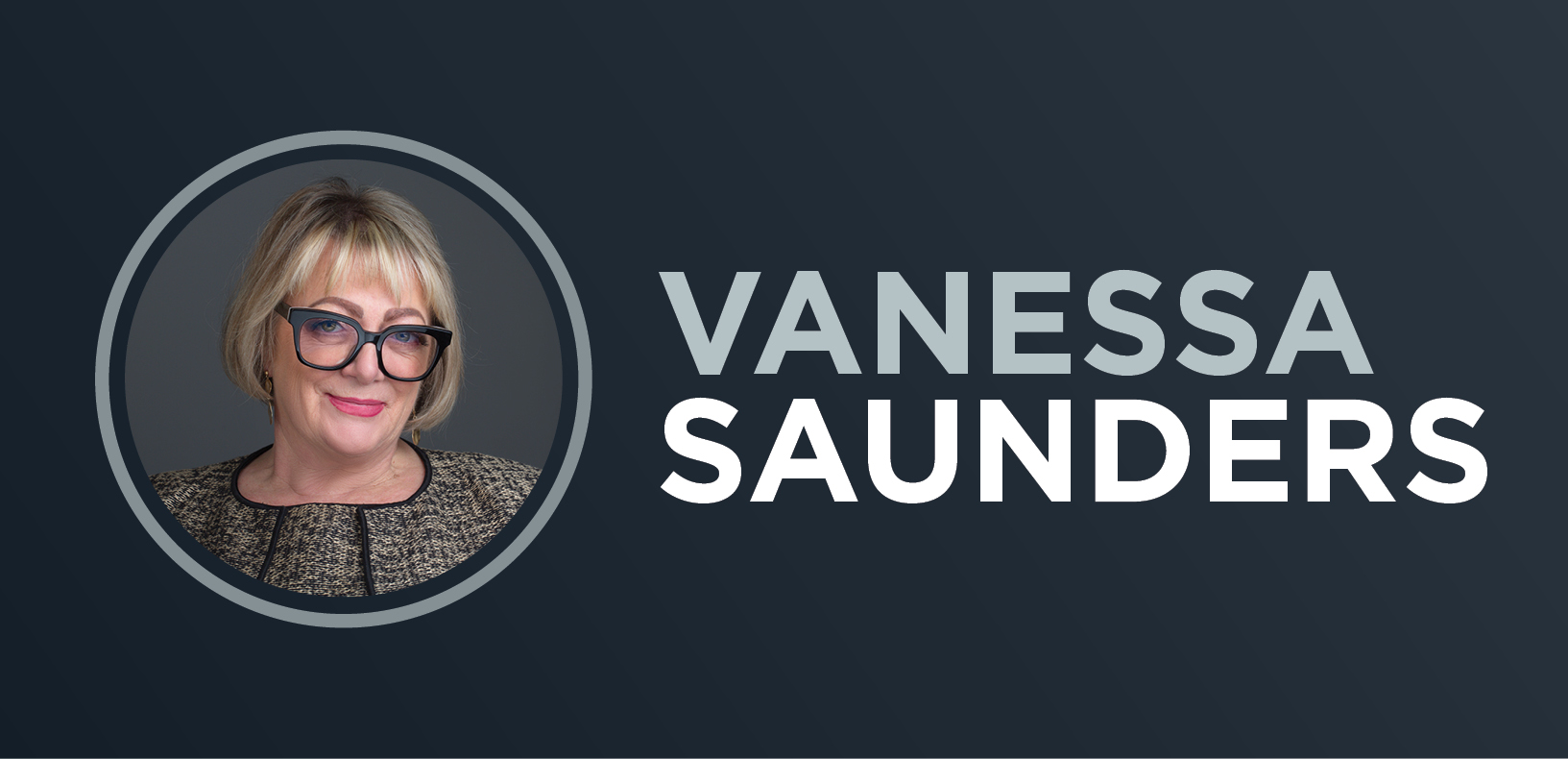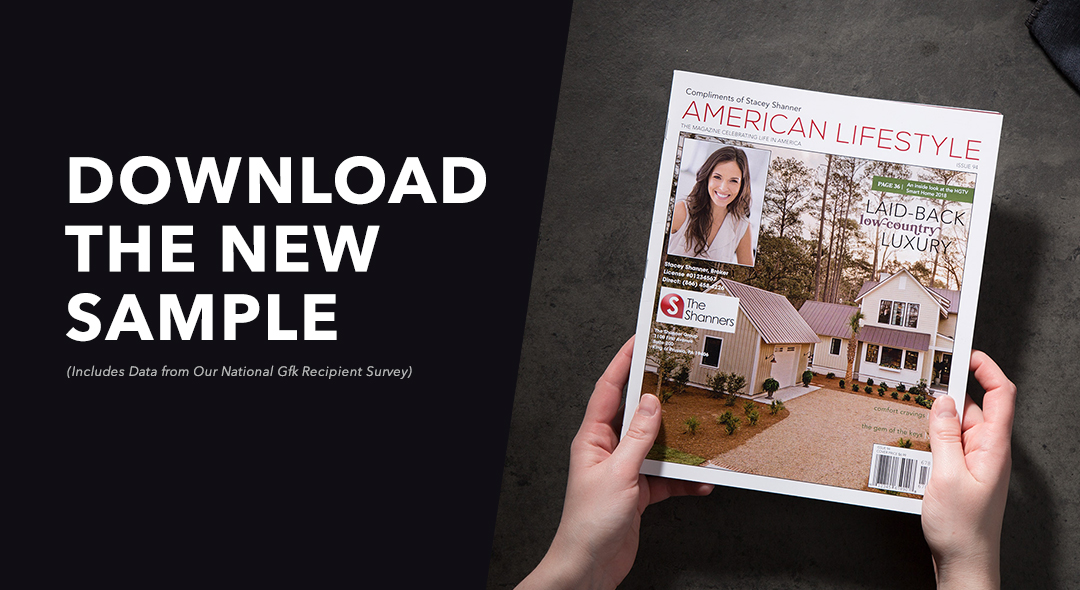Part 3 in our series: How Real Estate Agents Can Optimize Their Referral Marketing Strategies
Just for a moment, let’s put aside all the chatter about segmented audiences, testing, analytics, buyer personas, and the other tools of the marketing professional’s trade.
Let’s instead get back to a basic concept—showing gratitude—which is arguably the single most effective marketing tactic ever used to get referrals.
Showing gratitude has the power to:
- make clients feel not only appreciated but also recognized, special, and downright good;
- associate that good feeling with the benefactor (i.e., you) who instilled it in them;
- improve the benefactor’s mental, physical, and emotional well-being;
- trigger the principle of reciprocity, where one person feels a duty to return a favor or kindness. (You can read more about the principle of reciprocity in Part 1 of this series.)
Finding a way to show gratitude to clients is what gratitude marketing is all about: it’s the sincere efforts made by a business to tell their clients that they are genuinely valued.
The entrepreneurs featured in this article have found tremendously successful ways to tactically implement gratitude marketing to build their referral and repeat business. Each was a popular guest on our podcast, Stay Paid, whose mission is to help listeners close more deals and retain more business.
(Full transparency: over the course of nearly 400 episodes, we’ve gotten a lot better at it! 😉)
I’ve included links to their interviews below so that you can hear the critical details that will allow you to copy their success, or be inspired to develop your own ways of expressing gratitude and strengthening your referral marketing strategy.
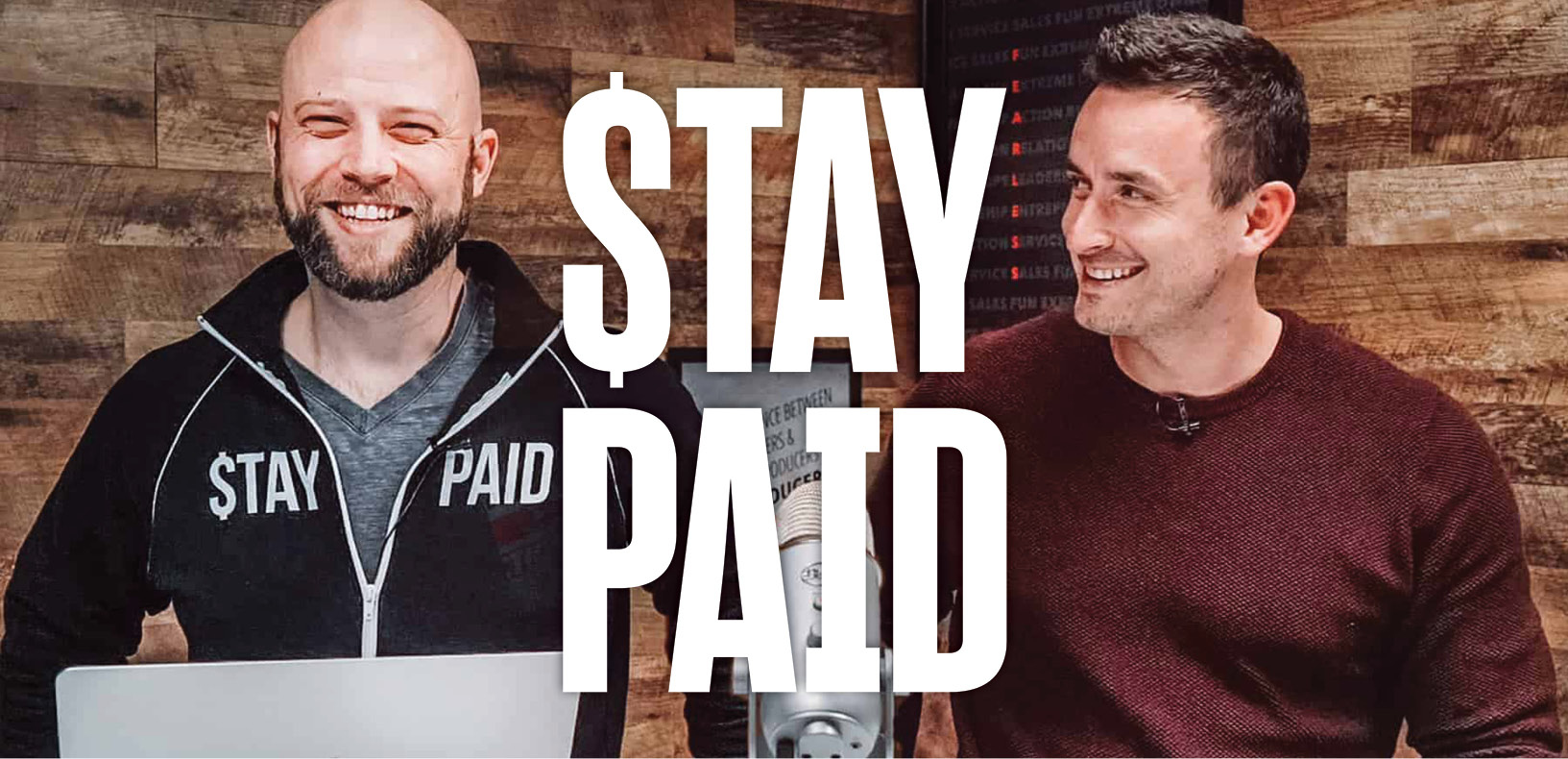
Subscribe to Stay Paid, the twice-weekly sales and marketing podcast hosted by Luke Acree, the president of ReminderMedia, and Josh Stike, the CMO.
But first, before sharing how a business can show gratitude to its customers and encourage client referrals, it’s worth taking a few moments to consider what expressing grateful appreciation can do for your business.
Measuring the ROI of gratitude
I’m not going to lie: demonstrating a direct relationship between showing gratitude to clients and customers and closing a deal is difficult. But we don’t need to hold ourselves to such a strict measure; even our legal system allows for circumstantial evidence, probable cause, and reasonable judgment. There is plenty of anecdotal evidence (and some academic studies) to establish a strong link between being grateful and improving business outcomes.
From Nicole Kohler, writing for Duct Tape Marketing:
A few months ago, I noticed that when I thanked people for sharing the content I’d written on Twitter, they seemed more likely to follow me than if I’d simply favorited their tweet. After doing an in-depth study of this trend, based on my last 50 tweets of gratitude, I discovered that around 26% of the people that I thanked for sharing my content followed me, just because I said, thank you.
From Anne Pilon, writing for Ask Your Target Market: “91% of respondents said they are . . . more likely to do business with companies that appreciate their customers.”
An article available in Research Journal of Business Management found evidence that feelings and expressions of gratitude increase trust, commitment, and customer loyalty.
Research published in the Journal of Marketing about relationship marketing noted that “when a seller provides extra effort; adapts policies; and provides small favors or considerations, such as meals, gifts, or personalized notes,” it generates customer feelings of gratitude, which lead to customer behaviors that result in better seller performance.
Finally, and importantly, let me paraphrase another section in the same Journal of Marketing article:
Efforts to strengthen the relationship between a seller and a client, such as showing appreciation to one’s clients, that are perceived by the client as beneficial, generate feelings of gratitude. In response, the client takes action to repay the seller. Multiple relationship marketing efforts keep the cycle going, fostering the development of relationships and resulting in long-lasting improvements in seller performance and business outcomes.
In other words, continuous expressions of gratitude, like those adopted and practiced by the five professionals I discuss next, keep a good thing going.
Kim Angeli
Founder and CEO, Grateful Box, Inc.
After an incident she describes in her interview, Kim Angeli had an “ah-ha” moment that changed the course of her life. She decided to sell her successful insurance business and, instead of selling insurance, opted to teach people how to have an attitude of gratitude, to show appreciation to others, and that relationships matter.
With that intent, she created Grateful Box.
Where the idea came from and how it developed makes for interesting listening, but today, Kim has clients who mail Grateful Boxes to their clients, family members, friends, colleagues, employees, and more. In particular, she helps business owners stay in touch with their clients beyond the sale by sending birthday gifts and thank you gifts through the mail.
Kim also coaches clients to show appreciation as a way of standing out, staying top of mind, and nurturing real relationships.
For instance, she scripts appreciation calls for her clients that help them to have genuine conversations with their clients that, most importantly, have nothing to do with selling products or services. Their only purpose is to keep her clients top of mind.
Additionally, she instructs them not to include business cards in birthday or holiday cards because the moment they do, they’ve moved from practicing gratitude to pushing a transaction.
And she encourages her clients to reach out unexpectedly because that’s when you create the most impact.
Click here to listen to Kim’s interview, find out other ways Kim has expressed gratitude to her current and past clients, and discover the many subtle ways in which unexpected expressions of gratitude can give your referral marketing strategy a powerful boost.
Brandon Hegg
Coach and Consultant, Dynamic Directions, Inc.
Brandon Hegg is a coach and consultant to financial advisors. He teaches a pain-free conversational technique that elicits referrals without the typical awkwardness. He calls it “Improve. Praise. Ask.” It’s one of the ways he helps financial advisors grow their practices faster, and you can discover the details of his technique by listening to his Stay Paid interview.
During his interview, Brandon offers an example of gratitude marketing that is particularly innovative and effective; it’s a type of referral rewards program but with a twist.
Recognizing that many professionals tend to say “thank you” to their clients in similar ways (like sending something with their logo on it 🤨), Brandon and his team decided they wanted to stand out and incorporate into their gratitude marketing both the person who gave them a referral and the person referred.
When prospects come into the office for an initial consultation, they are given a catalog of sorts (it’s just a few pages) with pictures and descriptions of various gift items. Brandon sits down with his prospect and asks them to select a gift they think the client who referred them would like to receive.
Once the gift is selected, Brandon includes a handwritten note or card that he and the prospect sign.
It’s a fantastic tactic for a few reasons:
- The client receives a gift for the referral that is not dependent on that prospect becoming a client.
- The prospect enjoys their participation in expressing gratitude to their friend, family member, colleague, or whoever gave them Brandon’s name.
- The prospect feels an affinity to Brandon because they’ve done something together.
- It also plants a seed in the prospect’s mind that when they make referrals, they can get these gifts too.
Click here to listen to Brandon’s interview and hear more advice about how to get referrals.
Sidebar: If you’re a financial advisor, check with your compliance department before implementing this gratitude marketing strategy. While a small but thoughtful gift to clients who provide referrals will likely fly under the radar, you want to ensure you remain in compliance with Rule 206(4)-3.
Joe Kenemore
CEO, Mailbox Power
If there is a single message that Joe Kenemore wants listeners of his interview to hear, it’s that there is no easier and less expensive way to generate repeat and referral business than to nurture relationships with your current clients—and that the best way to do this is to let them know you appreciate them.
In 2019, Joe started Banner Season, which has since been renamed Mailbox Power. It’s a customer engagement platform that specializes in helping entrepreneurs with referrals, retention, and relationships by making it easy for hard-working business owners to stay in touch. It’s a gratitude marketing strategy that operates like a high-touch drip campaign but, instead of emails, Mailbox Power sends a wide range of personalized gift items—from greeting cards to laser-engraved wine boxes and tools—to fit any marketing budget.
For the real estate agent or other entrepreneur who sends a packaged, personalized gift as a way of showing gratitude, the advantage is being able to get someone’s attention when you want to.
Joe says that emails, while they have their place, can sit in an inbox for days or end up being deleted without ever being read. But, when a package addressed to a specific individual arrives at their home or office, you’ve immediately hooked them. Simply consider the numbers:
Click here for Joe’s interview and hear a hard-to-resist argument for why staying in touch with clients works better than any other tactic to get more referrals and repeat business.
Erin Botsford
Founder, Botsford Financial Group; CEO, The Advisor Authority
So far, our featured Stay Paid guests have tied their expressions of gratitude to giving a material gift to their clients—and that’s all well and good.
But Erin Botsford—the founder of an exceptionally profitable financial group, a Barron’s Top 100 Producer, a CEO of a training company, an author, speaker, and featured television guest—gives a gift many consider more valuable than anything she could buy: she gives prospects her time and attention.
Erin tells her story (which is an incredible tale of overcoming adversity) and describes how, in no small part, it was the selfless generosity of others that helped put her on the path to success. Throughout her interview, she talks about the “gift of generosity” and how its power to change people’s lives, make people feel special, and garner rewards (like referrals) should not be underestimated.
Her strategy is to gift women an hour of her time over lunch to let them talk about themselves. (Why women is explained in her interview.) Aside from asking questions about her guests’ lives, Erin doesn’t talk much during these lunches. Instead, she listens with attention and genuine interest.
It’s how she initially grew her business from $300K to $3M.
Her guests enjoy these largely one-sided conversations, enthusiastically accept a second meeting, and always respond with a name when she asks, “Who else should I have lunch with?”
How Erin converts her lunch dates into clients is both art and science. She describes how she routinely closes deals in one meeting by making them uncomfortable with their current financial situations (that’s the art) and always seating the woman/wife at the head of the table (that’s the science).
Click here to discover the choreographed details of these meetings and listen to Erin’s full interview.
Vanessa Saunders
CEO, Global Properties Systems Real Estate
Vanessa Saunders is the founder, CEO, and principal broker of Global Properties Systems Real Estate (GPS), an independent realty company with a presence on three continents. In 2021, GPS grossed $300M worldwide.
We invited Vanessa to Stay Paid as the featured guest on our series Real Estate Leaders. She spoke with conviction about how mega brokers are killing the real estate industry and about the growing popularity of cryptocurrency in real estate transactions.
When asked, she also spoke about what she considers to be the most neglected marketing strategy: common courtesy.
Throughout her career, Vanessa has sent handwritten notes to thank all sorts of people for all sorts of things. In fact, it was a thank you note to me—a note that had nothing to do with real estate or my role on the podcast—that led to her being a guest. It was also a note that led me to hire her as my real estate agent. (She tells the full story during her interview.)
There are several lessons to the story.
First, you never know when an opportunity to meet a future client will present itself.
Second, everyone in your sphere needs to know what you do for a living.
Third, provide outstanding value and service (like Vanessa did for me) and stay in touch with clients (like Vanessa does with me) and you’ll be assured a lifetime of referrals (like I will for Vanessa).
Click here to access Vanessa’s interview and learn more about what it takes to create a raving fan.
When you give, you (eventually) get
Gratitude marketing seems like such a simple strategy, largely because it is. But not enough entrepreneurs use it because they are too focused on the immediate transaction and not the long term gain.
It’s understandable why you may be focused on the fast money: you need to pay the bills and feed your family. And strategies like direct response marketing, designed to elicit an immediate response and quickly generate new leads, have their place.
But gratitude marketing and referral marketing—branches of the same relationship marketing tree—are longer-term strategies that rely on patience and consistency. Instead of fast money, these marketing strategies produce wealth for the future.
Gratitude and referral marketing don’t demand the intensive prospecting and large input of money that acquiring cold leads requires. Rather, their only requirement is that you make a commitment to keep in touch; a strong relationship with a single client can produce warm leads for years to come. And what money you do invest in gifts doesn’t need to be significant and can likely be recouped with one transaction.
Keeping in touch with clients is critical if you are to stay top of mind, but it can also be a challenge for busy business owners. A few of the entrepreneurs discussed above offer options that can help you reach out.
At ReminderMedia we also offer numerous solutions that make keeping connected to clients and nurturing relationships easy. Our personally branded magazines are perceived as gifts that clients welcome into their homes and share with friends. It’s an easy and affordable way to automate your touchpoints and stay in front of your clients.
If you’d like to receive a free, no obligation sample of our newest edition, you can click here.
Wrapping up . . .
If you’re wondering, “How can I improve my referral marketing?” there may be no more efficient, cost-effective, and beneficial way to do so than to incorporate gratitude marketing into your strategy. It may also be the best answer to, “How to get referrals without asking?” (which is not a practice I would recommend, but I’m covering all the bases).
Whether you show your gratitude by hosting a client appreciation event, doing something unexpectedly nice, calling to say thanks, sending a gift, mailing a handwritten note, or by some other authentic means or gesture, expressing appreciation produces outcomes that are good for you, your beneficiary, and your business.
Today, think about your top clients and how they have contributed to your success. Start by writing a few grateful words on several cards and sending one to each of those clients. Don’t talk shop; just let them know you are thankful for their business, and you can’t help but jump to the top of their minds.
Make showing appreciation a daily part of your job that you consistently complete and more referrals and repeat business are just around the corner.
___
You can find the other articles in this series below:
| How Real Estate Agents Can Use Psychology to Get More Client Referrals |  |
| How Million-Dollar Agents Use Client Appreciation Events to Get Referrals |  |
| Proven, Road-Tested Ways to Get Real Estate Referrals |  |




